(ECNS) -- Professor Wang Weileifrom the College of Ocean and Earth Sciences at Xiamen University, along with several other researchers from home and abroad, has made significant progress in detecting the distribution pattern of the marine biological carbon pump.
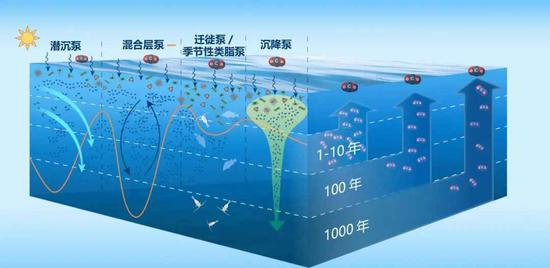
Using hydrographic observations to produce a top-down estimate of the strength of the biological carbon pump with an inverse biogeochemical model, the team has worked out its global distribution pattern for the first time, providing crucial references for estimating ocean carbon sinks under the backdrop of global climate change.
By integrating the cycles of marine carbon, phosphorus, and oxygen elements and establishing the inversion relationship of the biological carbon pump and nutrient salts, the team inferred the global distribution pattern of the marine biological carbon pump.
Researchers explained that previous observation-based estimates of the marine biological carbon pump primarily relied on sediment collectors, resulting in extremely sparse data.
In this study, the team chose to figure out the biological pump flux by inversely inferring from the distribution of hydrological parameters, rather than directly simulating the specific processes of the marine biological carbon pump.
This approach avoids excessive parameterization and redundant calculations for the same process due to insufficient data.
"Regardless of the pathway through which organic carbon is exported, it will inevitably affect the distribution of hydrological parameters. If we can accurately simulate hydrological parameters, we can then infer the flux of the biological carbon pump," Wang said.
This research, titled "Biological carbon pump estimate based on multidecadal hydrographic data," has been published in the academic journal Nature.








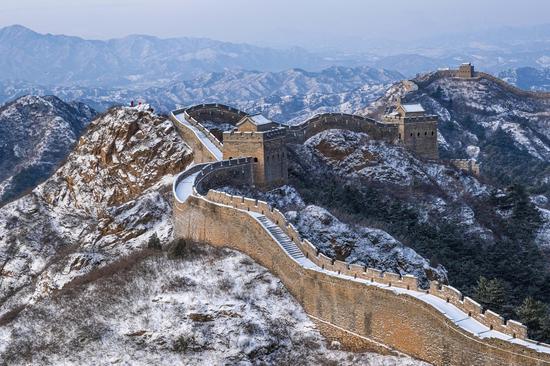
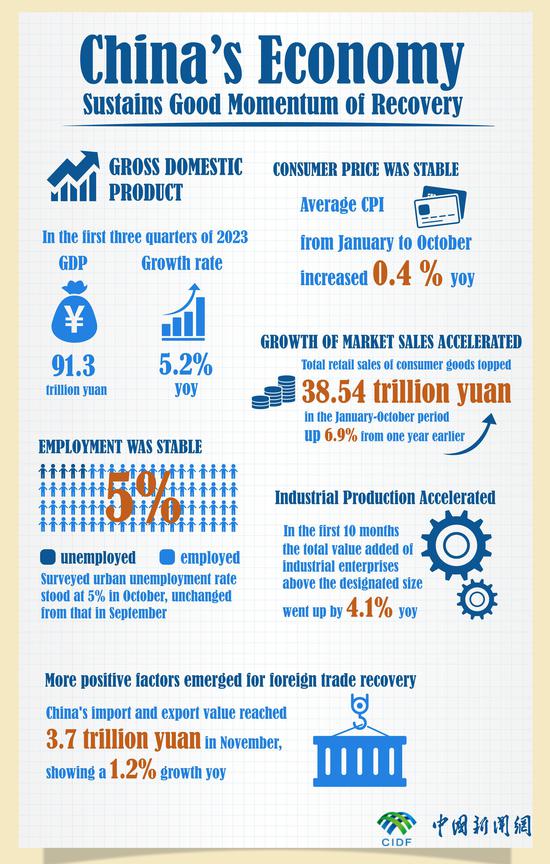

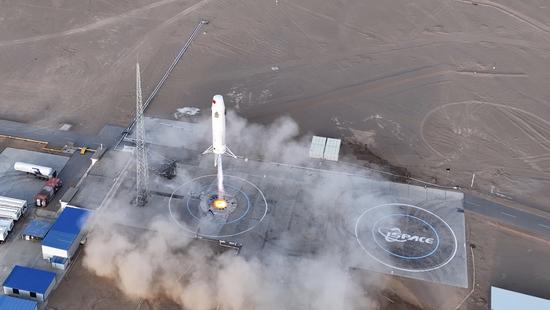



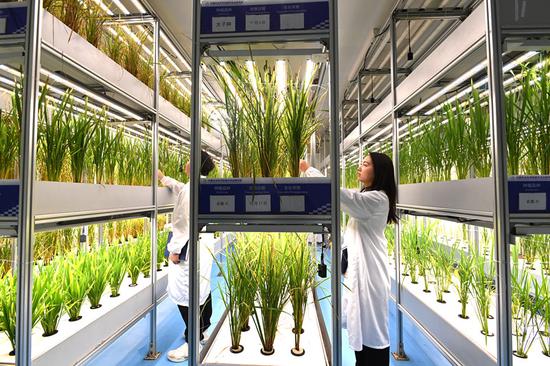


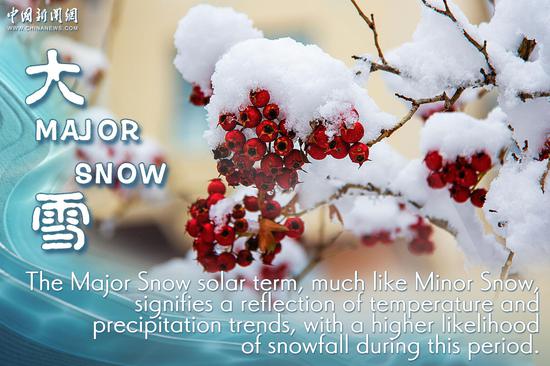



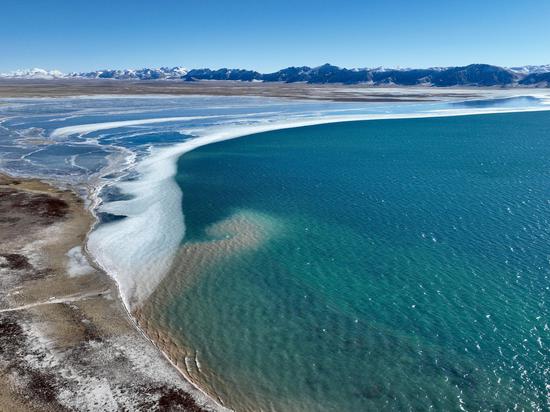
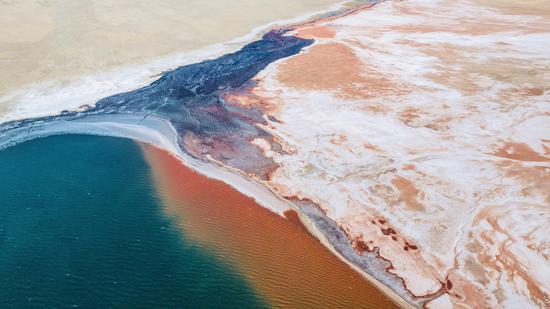
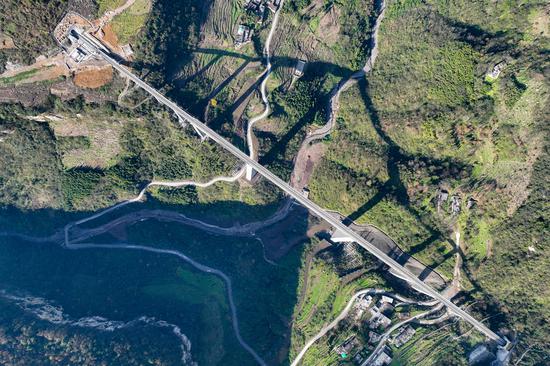



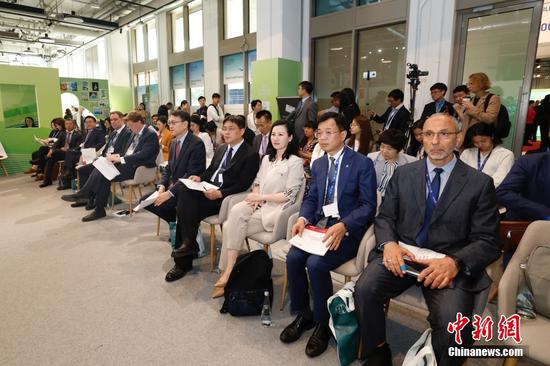


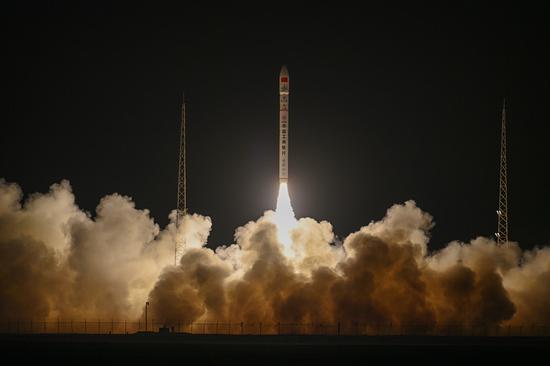




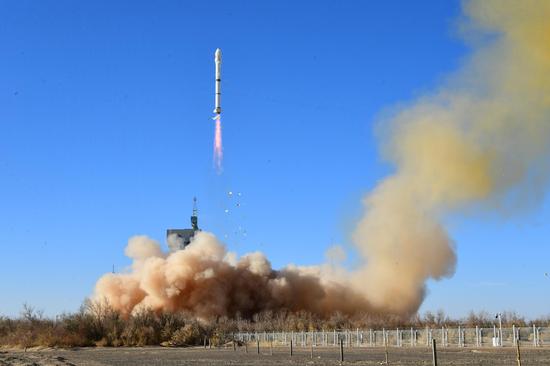


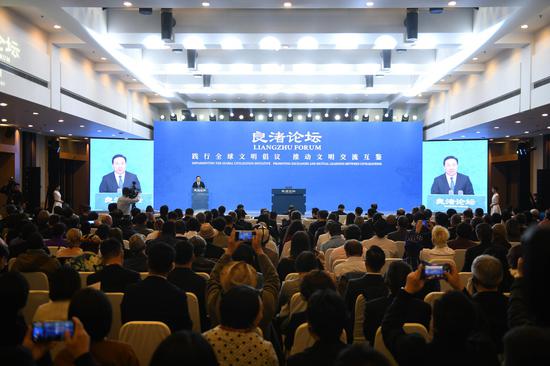




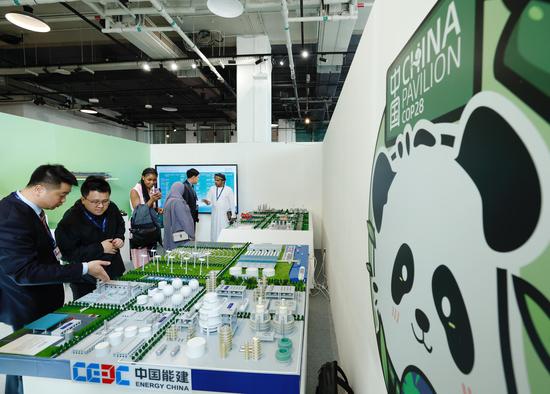

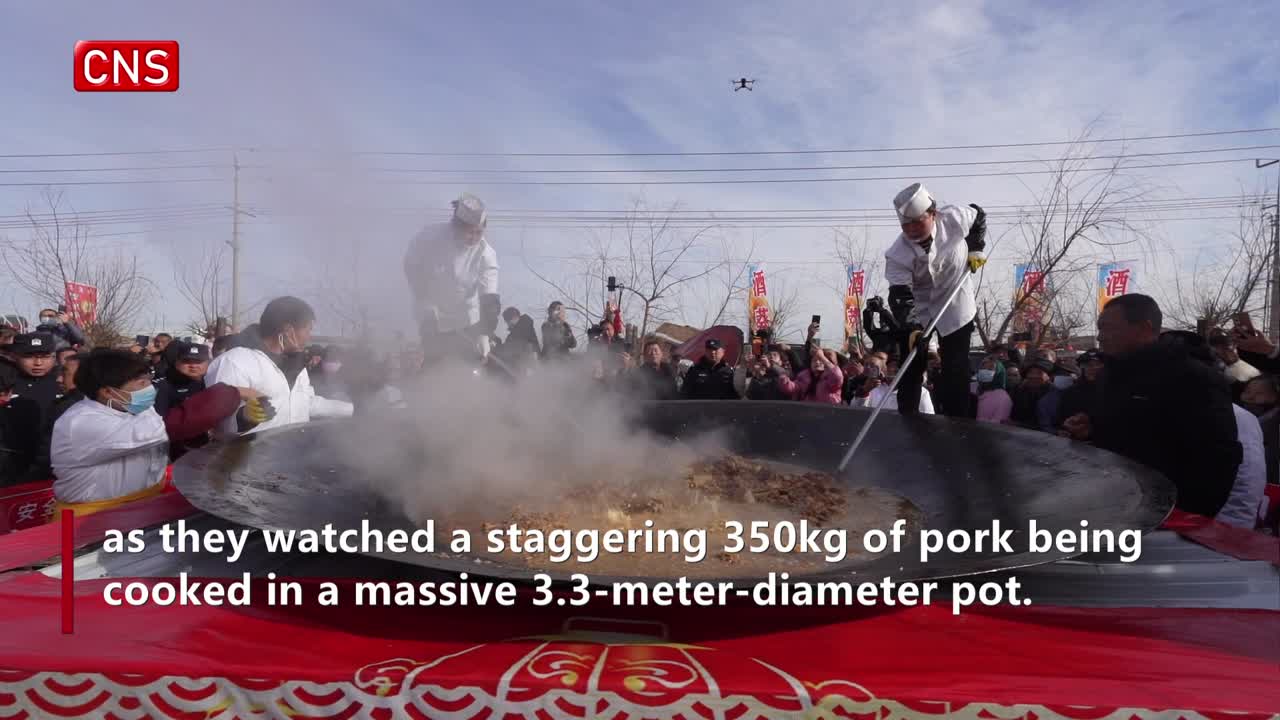



 京公网安备 11010202009201号
京公网安备 11010202009201号